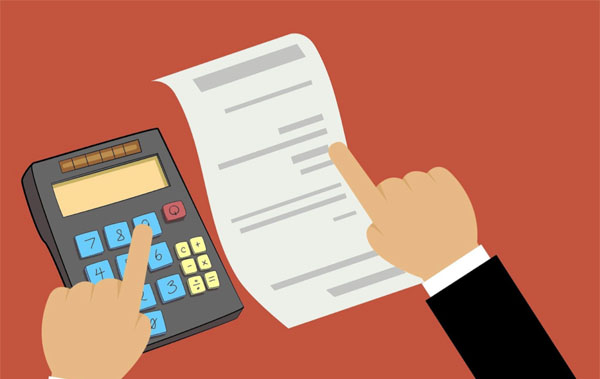Top 7 Best Practices When Using a W2 Generator
By Space Coast Daily // September 25, 2025

Managing business tax documents can be a challenging task. The W2 form, an essential part of tax season for employees, must be both accurate and delivered to employees promptly. Now, a W2 generator streamlines this process, providing you with a more efficient service and making you less prone to errors. Here are seven best practices to help you successfully create W2s with the help of a generator.
Understanding the Basics
But before you use a W2 creator, you should know the basics of how it works. This automated tool is useful in generating W2 forms, including all the details such as wages, tax withheld, and other financial-related information. Knowing these elements helps ensure that users will enter the data correctly into the system while also minimizing mistakes.
Prioritize Data Accuracy
Any tax document starts with correct information. Make sure that every piece of information about all employees is correct—social security numbers, names, addresses, etc. This accuracy cannot be maintained if records are not updated regularly. To avoid any discrepancies that might cause penalties or delays, make sure you double-check the data you enter before generating the forms.
Keep Up With Tax Laws
Tax regulations and rules can change quite frequently. Staying current with these changes is important for compliance. W2 generator software must frequently be updated according to changing tax laws. Apart from compliance, this practice can also boost the confidence of employees and authorities in the business’s financial practices.
Secure Sensitive Information
If you deal with sensitive data, you must impose strict security measures. This should be priority number one. Choose a W2 generator that has good security features like encryption and secure access controls. Continuously reevaluate and update security requirements to prevent data breaches from compromising the business and the tranquility of mind for staff members.
Review and Verify
W2 forms must be audited after being generated. Verify that all information is correct, including wages, tax withheld, and any extra deductions or benefits. This data can be cross-validated with payroll records, which can minimize mistakes. A double-check mechanism can be designed to reduce errors further and offer an extra level of confidence.
Provide Employee Access
After W2 forms are created, it is essential to deliver them to the employees on time. If possible, you might want to make these documents searchable and accessible to employees for download. Such an approach will not only reduce the time taken to manage the tax documents. Still, it will also enable employees to access their tax documents quickly, improving their productivity and reducing the administrative burden on the HR team.
Keep Records Organized
Organizing records is critical for later reference and audit purposes. Keep copies of W-2 forms, both digital and physical. Having files in their respective folders makes it easier to pull records from the folders whenever needed and reduces stress whenever documents need to be temporarily retrieved, as all records are cleared for any future use.
Utilize Customer Support
The majority of W2 generators provide customer support services. Use these resources for any queries or technical problems. Resolving issues quickly helps keep the software humming and avoids delays in producing your forms when needed. This information will provide invaluable insight and help you get the most out of this tool.
Conclusion
Some key considerations for effectively leveraging a W2 generator include precise data input, frequent software upgrades, and robust security protocols. Following these guidelines, organizations can guarantee the smooth generation of W2 forms, helping them stay compliant and keeping employees happy. The right handling of tax documents helps the organization and instills the faith of the employees and regulatory authorities.












